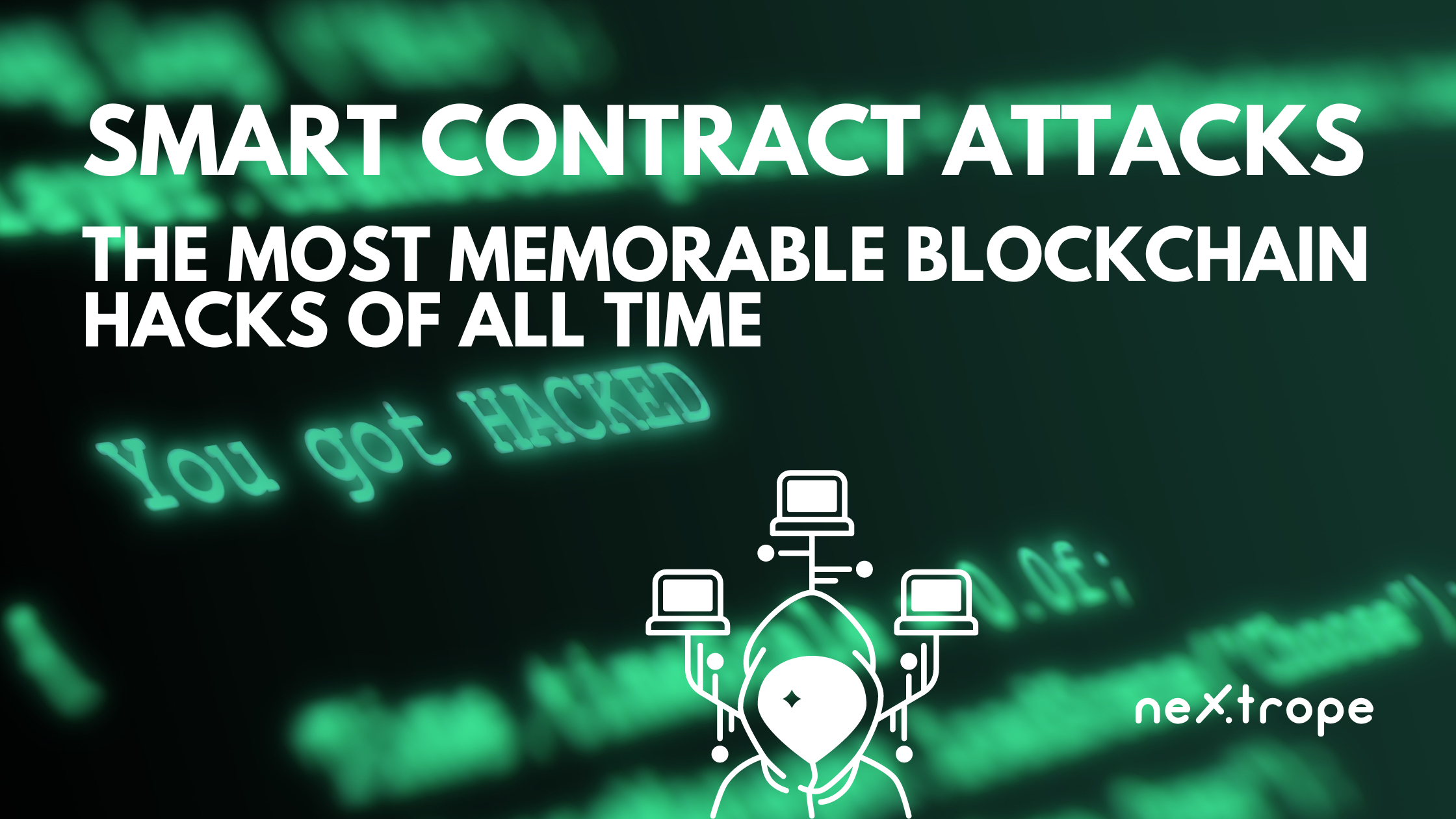Introduction: Web3 and AI - A Match Made in the Digital World
Through machine learning and intelligent automation, artificial intelligence (AI) has the potential to revolutionize a variety of industries and applications. AI has the potential to improve the features and functionality of blockchain-based goods and services in the world of web3(third generation of the World Wide Web) providing users with even more value.
The term "Web3" describes the Internet's decentralized, peer-to-peer functionality made possible by blockchain technology. It enables the development of programs and services that run on a decentralized network of computers rather than being managed by a single organization. The addition of AI to web3 has the potential to greatly improve the functionality and capabilities of these goods and services while also enhancing user experience, security, and effectiveness.
This article will explore the usefulness of AI in web3, looking at the various applications of AI in blockchain-based goods and services. We will examine the advantages of AI integration in web3 as well as how AI will affect web3 and blockchain technology in the future. Come along as we explore the intriguing potential of AI in the web3 world.
AI 101: A Beginner's Guide to Artificial Intelligence in Web3/Blockchain
But what exactly is artificial intelligence, and how can it be applied to products for the web, blockchain, and cryptocurrency?
Artificial intelligence (AI) is the capacity of machines to carry out tasks that normally require human intelligence, such as problem-solving, learning, and judgment. This is accomplished with the aid of machine learning algorithms, which give computers the ability to examine data, spot trends, and then predict the future or make decisions based on those trends.
In order to improve the functionality and capabilities of web3/blockchain products, AI can be applied in a number of different ways. Several instances include:
- AI can be used to enable chat bots or smart contracts that can comprehend and respond to human language, making them more user-friendly and effective. This is known as natural language processing.
- Predictive analytics: AI can analyze market trends or asset pricing data to make future predictions that may be useful to traders or investors.
- Artificial intelligence (AI) can be used to spot unusual patterns or behaviors that might be signs of fraud, enhancing the security of blockchain-based systems.
- Supply chain management: AI can be used to improve efficiency and cut waste by optimizing the flow of resources and goods through a supply chain.

AI in Action: Real-World Examples of Artificial Intelligence in Web3/Blockchain Products
Let's examine some specific applications of AI in the market now that we have a better understanding of what AI is and how it can be applied to web3/blockchain products.
- AI-powered chatbots are a useful tool for customer service or support because they can comprehend and respond to human language. Natural language processing can also be used to improve the usability and comprehension of smart contracts, which are self-executing contracts with the terms of the agreement written in code.
- Another application of AI in web3/blockchain products is predictive analytics. AI can analyze market trends or asset pricing data to make future predictions, which can be useful for traders or investors. For instance, an AI-powered trading platform built on blockchain technology could analyze market data and suggest trades to users.
- Fraud detection in web3/blockchain products can also be done using AI. Data analysis using machine learning algorithms can spot unusual patterns or behaviors that could be signs of fraud, enhancing system security. An AI-based payment platform, for instance, could be used to identify and stop fraudulent transactions.
- Another application of AI in web3/blockchain products is predictive analytics. AI can analyze market trends or asset pricing data to make future predictions, which can be useful for traders or investors. For instance, an AI-powered trading platform built on blockchain technology could analyze market data and suggest trades to users.
Benefits of using AI in web3/blockchain products
So far, we've seen how AI can be applied to web3/blockchain products in a number of ways to improve their capabilities and functionality. But what advantages do these products' use of AI offer?
| Benefit | Description |
| Improved user experience | Natural language processing and predictive analytics are made possible by AI, which makes web and blockchain products more approachable and simple to use. |
| Enhanced security and reliability | AI can identify and correct errors in code or data, as well as detect and stop fraudulent activity, increasing the overall security and dependability of web3/blockchain products. |
| Increased efficiency and automation | AI can automate or improve supply chain management, freeing up time and resources for more difficult tasks.. |
All things considered, the incorporation of AI in web3/blockchain products has the potential to significantly improve user experience, security, and efficiency. Future applications and advantages of AI technology are likely to be even more creative as the field develops.
Web3/Blockchain's Future with AI: A Look at the Potential of Artificial Intelligence in Decentralized Technologies
As we've seen, AI has the potential to significantly improve the functionality and capabilities of web3/blockchain products, adding value for users and advancing a number of technical aspects. But what part will AI play in the development of blockchain and web3 technology?
- Integration of AI into web3/blockchain products and services could improve decentralized finance (DeFi) platforms, allowing for more transparent and efficient financial transactions. Decentralized applications (DApps) could benefit from improved performance and user experience, and blockchain networks could benefit from increased security and dependability.
- New blockchain protocols and standards could be created and put into use by using AI to analyze data and find patterns that could be used to create more secure or efficient blockchain systems. It could also be used to evaluate new protocols and help roll out updates and improvements to current systems.
- Resolving issues with web3 and blockchain technology: AI could be used to improve the efficiency of blockchain networks or to create new applications and use cases that promote technology adoption. Additionally, it could be utilized to increase the scalability of blockchain systems or to help create new governance or regulatory frameworks..
Conclusion: Is AI an integral part of the web3 ecosystem?
As a result, it is evident that AI has the potential to significantly improve the functionality and capabilities of web3/blockchain products, enhancing user experience and advancing various facets of technology. The use of AI in web3/blockchain products spans a wide range of areas, including supply chain optimization, fraud detection, and predictive analytics.
But does the web3 ecosystem include AI in its entirety? Although it is unquestionably a potent tool that can benefit web3/blockchain products and services greatly, it is important to understand that AI is only one part of the ecosystem. Decentralized networks, blockchain technology, and other innovations all contribute to the web3 ecosystem and its future development.
The use and integration of AI with other technologies will ultimately determine its place in the web3 ecosystem. As AI technologies develop, it's critical to think about the ethical, legal, and social ramifications of their use and to make sure they're applied responsibly and advantageously.
 en
en  pl
pl 












